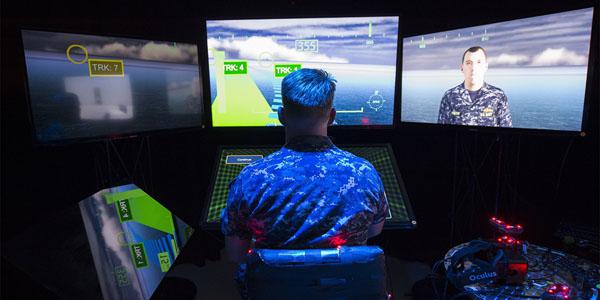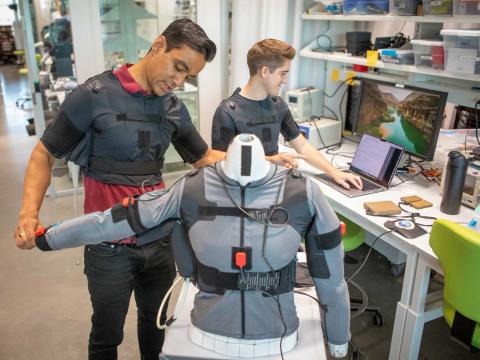DARPA Seeks Information on Interactive War Gaming
The Defense Advanced Research Projects Agency (DARPA) Defense Sciences Office is requesting information on scalable, interactive gaming or war gaming approaches simultaneously spanning a large number of space and time scales with the goal of assessing a wide range of possible competitive outcomes and strategies using a range of human decision-making strategies.
The Defense Department war gaming and modeling and simulation (M&S) communities are largely separate and serve different purposes, according to a recently released request for information (RFI). War gaming generally is used to explore strategic decision making and conceptual development of tactics, while M&S is used to assess specific concepts for system performance or training. For the most part, these activities have not leveraged innovations from the commercial videogame community on architecture, gameplay concepts and artificial intelligence to bridge strategic and tactical gaming or to integrate detailed physics, the RFI continues.
The deadline for submitting responses is April 25.
DARPA is interested in concepts that address all of the following three focus areas:
Architectures and engines: Game architectures and engines that allow a fluid integration of multiplayer gameplay across strategic, operational and tactical games. The RFI cites the Civilization series as an example of a strategic gaming system, Real Time Strategy as an operational system and first person shooter or role-playing games as tactical gaming examples.
Game construction: The RFI expresses an interest in technologies that will allow improved exploration of joint human decision making, rather than the simple and limited capabilities available in current systems. Developing networked swarms of unmanned aircraft in an operational level game to attack an adversary, provision military forces or provide communications may have both strategic and tactical implications, the RFI points out.
Game artificial intelligence: DARPA is interested in approaches to both learn and drive novel team decision making across all levels of gameplay using novel artificial intelligence concepts. The agency also is interested in ways to abstract and automate human decision making to construct more interesting and challenging scenarios. For example, it may be possible to use human-trained artificial intelligence to inject change into pre-existing scenarios in unexpected ways or even define new scenarios.





Comments